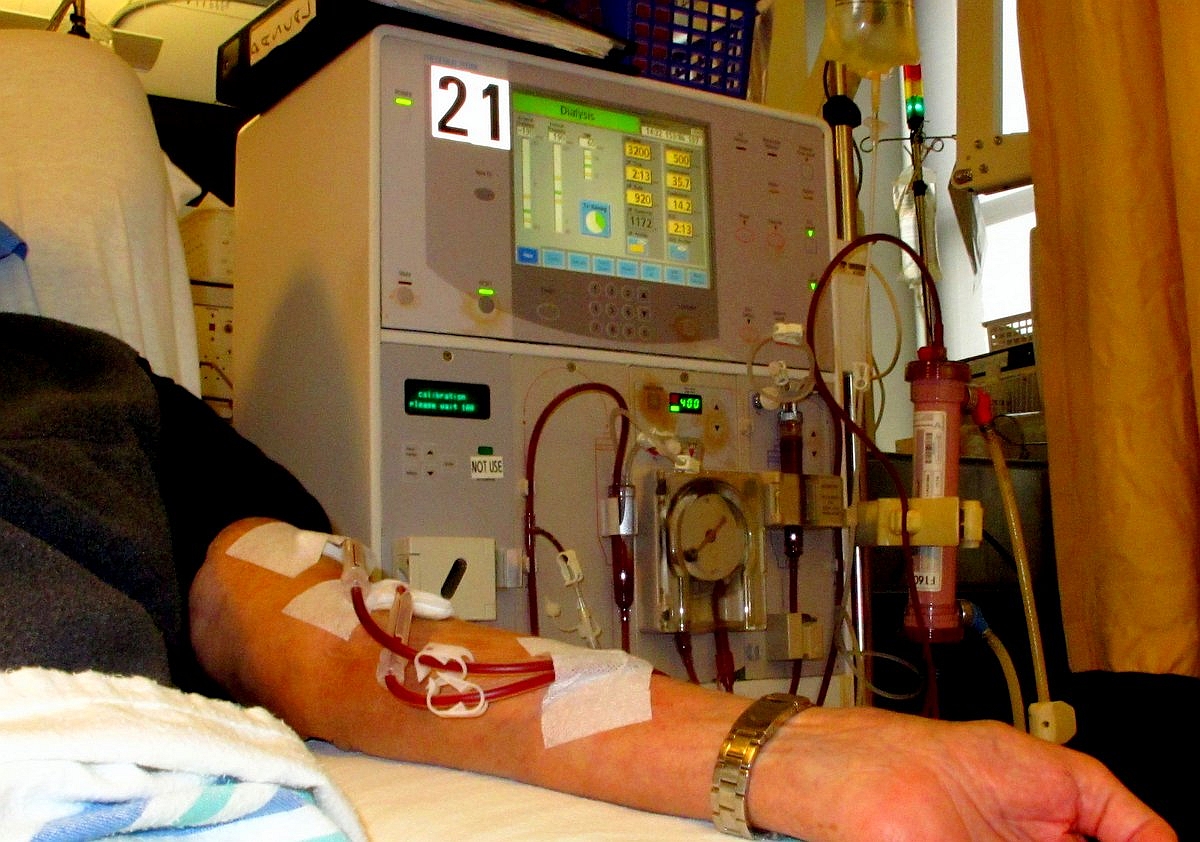For a long time (measured in years rather than days or weeks), I've been struggling with the fact that the word "usability" doesn't seem to capture the ideas that I consider to be important. Which are about how well a device actually supports a person in doing the things they want to do.
 Some time ago, a colleague (apparently despairing of me) gave me a gift: a big red button that, when you press it, announces that "That was easy". Yep: easy, but also (expletive deleted) pointless.
Some time ago, a colleague (apparently despairing of me) gave me a gift: a big red button that, when you press it, announces that "That was easy". Yep: easy, but also (expletive deleted) pointless.
So if someone is given an objective ("Hey, press this button!") then ease of use is important, and this button satisfies that need. Maybe the objective is expressed less directly ("Press a red button", which would require finding the red button to press, or "Do something simple", which could be interpreted in many different ways), and the role of the "easy" button isn't so obvious. Ease of use isn't the end of the story because, while it's important that it is easy to do what you want to do, it's also important that what you want to do is something that the device supports easily. In this case, there probably aren't many people who get an urge to press an "easy" button. So it's easy, but it's not useful, or rewarding (the novelty of the "easy" button wore off pretty fast).
So it doesn't just matter that a system is usable: it also matters that that system does the things that the user wants it to do. Or an appropriate subset of those things. And in a way that makes sense to the user. It matters that the system has a use, and fits the way the user wants to use it.
That use may be pure pleasure (excite, titillate, entertain), but many pleasures (such as that of pressing an "easy" button) wear off quickly. So systems need to be designed to provide longer term benefit... like really supporting people well in doing the things that matter to them – whether in work or leisure.
Designing for use means understanding use. It means understanding the ways that people think about use. In quite a lot of detail. So that use is as intuitive as possible. That doesn't mean designing for oneself, but learning about the intended users and designing for them. And no designing things that are "easy" but inappropriate!
 Some time ago, a colleague (apparently despairing of me) gave me a gift: a big red button that, when you press it, announces that "That was easy". Yep: easy, but also (expletive deleted) pointless.
Some time ago, a colleague (apparently despairing of me) gave me a gift: a big red button that, when you press it, announces that "That was easy". Yep: easy, but also (expletive deleted) pointless.So if someone is given an objective ("Hey, press this button!") then ease of use is important, and this button satisfies that need. Maybe the objective is expressed less directly ("Press a red button", which would require finding the red button to press, or "Do something simple", which could be interpreted in many different ways), and the role of the "easy" button isn't so obvious. Ease of use isn't the end of the story because, while it's important that it is easy to do what you want to do, it's also important that what you want to do is something that the device supports easily. In this case, there probably aren't many people who get an urge to press an "easy" button. So it's easy, but it's not useful, or rewarding (the novelty of the "easy" button wore off pretty fast).
So it doesn't just matter that a system is usable: it also matters that that system does the things that the user wants it to do. Or an appropriate subset of those things. And in a way that makes sense to the user. It matters that the system has a use, and fits the way the user wants to use it.
That use may be pure pleasure (excite, titillate, entertain), but many pleasures (such as that of pressing an "easy" button) wear off quickly. So systems need to be designed to provide longer term benefit... like really supporting people well in doing the things that matter to them – whether in work or leisure.
Designing for use means understanding use. It means understanding the ways that people think about use. In quite a lot of detail. So that use is as intuitive as possible. That doesn't mean designing for oneself, but learning about the intended users and designing for them. And no designing things that are "easy" but inappropriate!






















